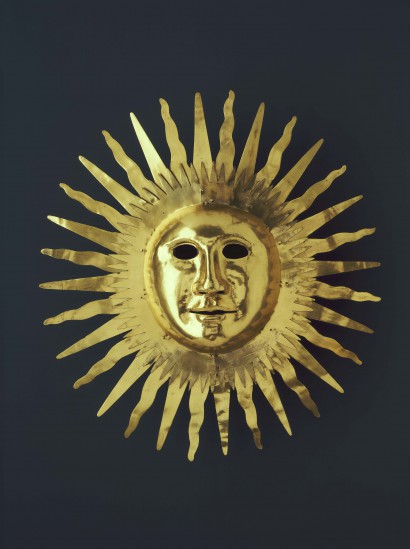Precious works collected by Augustus II and Augustus III formed one of the most important and magnificent art collections in 18th-century Europe. Several hundred of them will be on display from 5 November 2021 to 27 February 2022 at the exhibition "Splendour of Power. The House of Wettin on the Throne of the Polish-Lithuanian Commonwealth" in the Royal Łazienki.
The exhibition is open to visitors from Tuesday to Wednesday from 10.00 to 16.00, from Thursday to Sunday from 10.00 to 18.00.
Augustus II and Augustus III
The reign of Augustus II and Augustus III, Saxon Electors and kings of the Polish-Lithuanian Commonwealth was an era of almost permanent struggle for power and internal conflicts that encouraged political interference by neighbouring states. The tensions, as well as political, religious, territorial and military differences between Saxony and Poland led the Saxon rulers to undertake special diplomatic efforts.
To this end, Augustus II and Augustus III used a powerful tool of the monarchs of their times – the splendour of power. Inspired by Louis XIV, they resorted to fine arts for propaganda purposes. At both the Dresden and Warsaw courts, the Saxon rulers pursued an extensive cultural programme relying on the influence of grandiose architecture, art collections and lavish festivities such as tournaments, parades and fireworks. An important element of royal propaganda was also the order policy associated with the establishment of the Order of the White Eagle in 1705.
"Splendour of Power" – masterpieces from the Dresden and Polish collections
The exhibition "Splendour of Power. The House of Wettin on the Throne of the Polish-Lithuanian Commonwealth" is the first attempt since 1997 to promote knowledge of the common Polish-Saxon history, the legacy which, in the present times, can still be seen both in Dresden and in Warsaw. The exhibition depicts Augustus II and Augustus III as conscious art collectors and connoisseurs who, in a period of 66 years of the Polish-Saxon Union, amassed one of the most important and magnificent art collections in 18th century Europe.
The exhibition presents the most outstanding examples of the Wettin House’s cultural policy. These are 200 works from Dresden and Polish collections, i.e. Staatliche Kunstsammlungen Dresden, Sächsische Hauptstaatsarchiv Dresden, The Museum of the Royal Castle in Warsaw, the National Museum in Warsaw, the Print Room of the Warsaw University Library, the Wawel Royal Castle, the Pauline Monastery in Jasna Góra and the Museum-Castle in Kórnik.
They include such valuable historic objects as: The Crosses of the Order of the White Eagle with ruby and emerald ornaments, a gilded Mask of the Sun with the image of Augustus II, which is one of the few surviving testimonies of the late Baroque court culture of celebration, a German sabre set with turquoise and emeralds, a ceremonial dress of Augustus II made of gold and silver fabric with diamond buttons, a jewel with a miniature portrait of Frederick Augustus II, which is a masterpiece of jewellery and sculpture art, impressive products of Meissen porcelain, including the over-metre-high Ara parrot and the ostrich-shaped cup with gold and porcelain ornaments, as well as the beautiful "Venus" by Jacopo Palma Vecchio, one of the gems of the royal and electoral painting gallery.
The presented items tell a story about the crucial events from the times of the Polish-Saxon Union and the building of international position of the Polish state.
The State Art Collections in Dresden is a partner of the exhibition.
